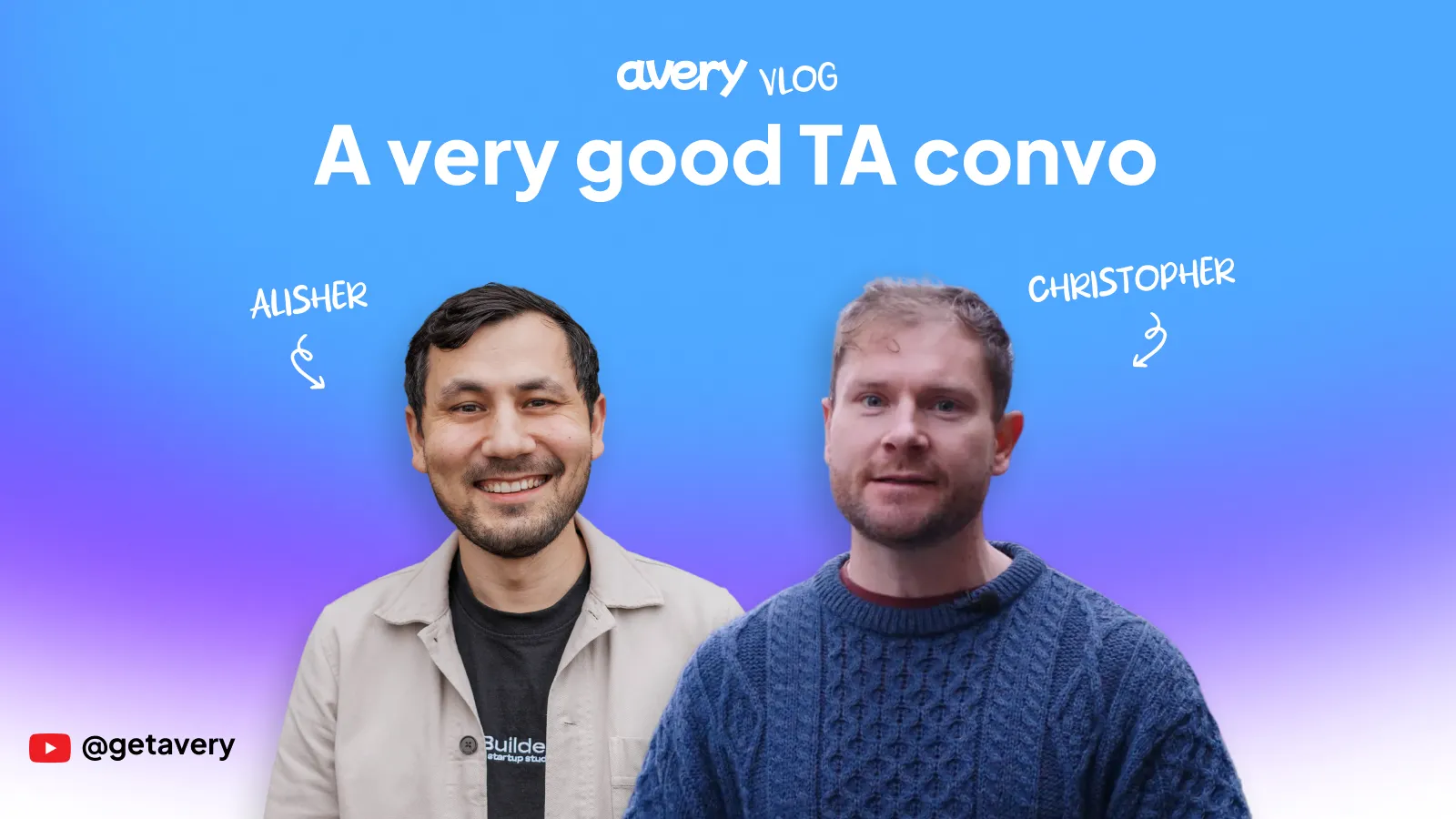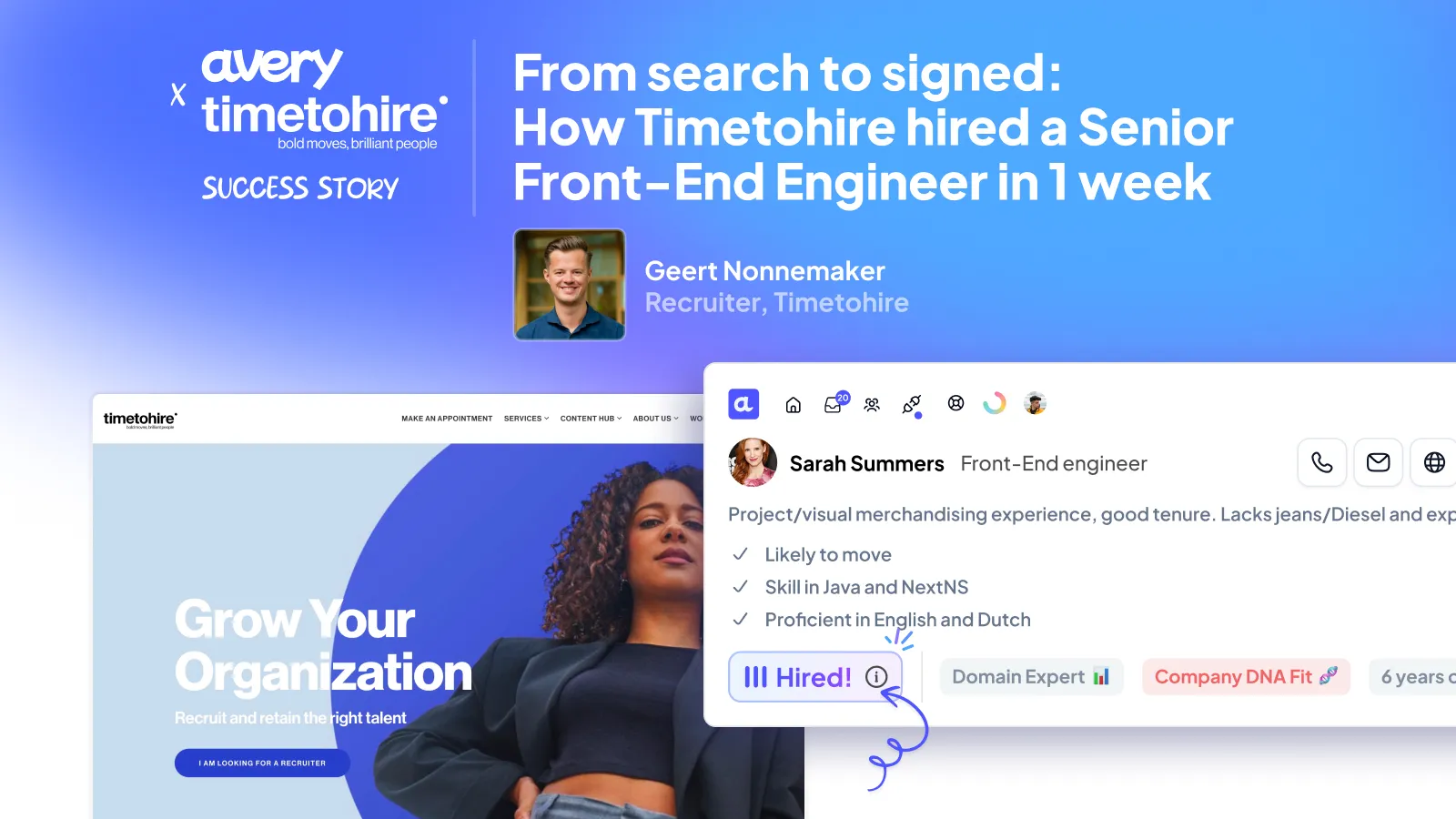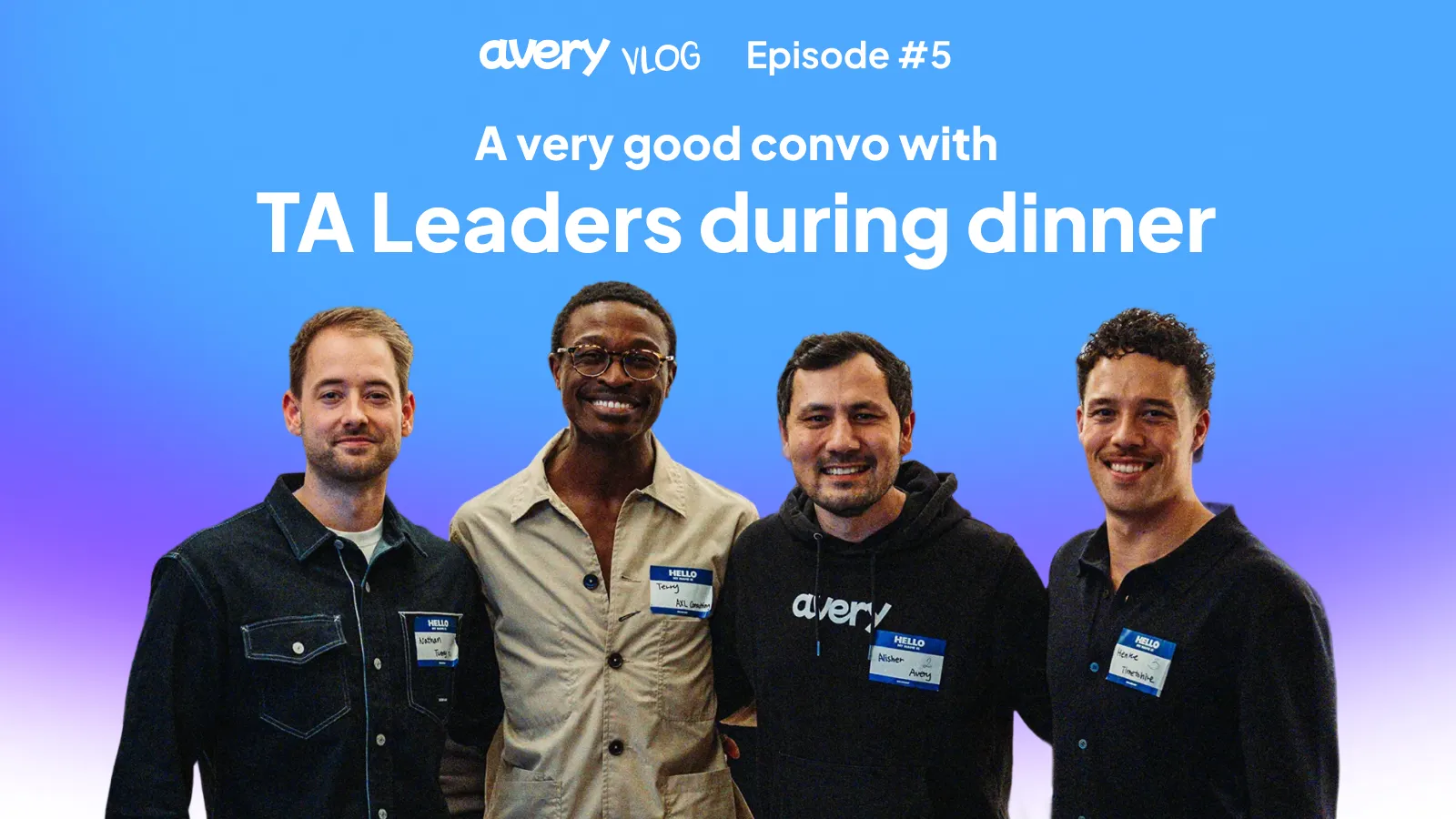The hidden forces killing your new hires: Diana’s simple integration framework
Article created in collaboration with Diana Abdrakhmanova from Neelix.io
.avif)
When a senior executive joined a team six weeks ago, they brought top-notch skills but quickly felt out of step. They managed core tasks well but missed unspoken rhythms, morning check-ins, off the clock rituals, quick Slack syncs, that held the team together.
As Diana Abdrakhmanova, workplace integration expert, puts it:
“People assume everyone’s on the same page, but they’re not. Teams develop habits that guide daily work, and missing those cues makes you stick out, for the wrong reasons.”
Poor integration costs organizations dearly, with more than $2.2 billion lost each year in the US alone replacing hires who leave after a rocky start. Europe is not far behind. Diana’s framework helps tackle these invisible forces by focusing on cultural connection, not just role fit.
1. Revealing the invisible architecture
Every team unwittingly builds its own playbook of norms. Whether it is a ten-minute daily stand-up or a casual end of week debrief, these rituals set expectations.
“If you don’t talk about how you work,” Diana warns, “new hires learn by mistake and then hide their confusion.”
Mapping these routines helps turn guesswork into guidance, giving newcomers a clear view of how the team really operates.
2. Cultivating teamwide trust
Trust grows in pockets, not across the entire team at once. Diana notes:
“Trust isn't evenly distributed. Some people click, others stay on the fringes.”
“Everyone assumes they're on the same page, but people work from different mental models.”
By pairing new hires with different colleagues and making expectations explicit from day one, teams help knit those pockets into a stronger, shared foundation.
.avif)
3. Granting permission for candor
New employees watch and learn fast, often by trial and error. Diana recalls a company that praised open debate but punished dissent:
“Staff chose silence over risk.”
Embedding structured check-ins during the first 90 days signals that honest feedback is welcome and safe, keeping talented voices engaged.
.avif)
4. Co-creating a living playbook
Diana’s signature "Working Together Canvas" turns onboarding into a collaborative ritual, not a solo task. It guides teams through:
- Communication preferences
- Support needs
- Autonomy boundaries
“It’s not a one-time workshop,” Diana says. “Revisit it often, and the team stays aligned.”
When updated regularly, the canvas evolves into the team’s living manual.
.avif)
The impact of cultural integration
Organizations that embed these four principles into daily work see major gains. New hire retention jumps by over 80 percent, and early productivity improves by more than 70 percent.
Rather than treating integration as a checklist, Diana frames it as the background music of great teams:
“Integration isn’t a step, it’s the background music of great teams. Play it loud enough, and every new hire finds their rhythm.”
Disclaimer
We help tackle exactly these kinds of hiring challenges, strengthening new hire integration and team culture. It is a focus at Avery and one we are constantly refining.



